Pain-Based Periodization
If you happen to google “periodization”, what you might end up with are the images of:
- Division of the annual calendar to phases (e.g., GPP, SPP, Competition, and Transition).
- Periodization of biomotor abilities (e.g., periodization of strength to anatomic adaptation, hypertrophy, max strength, power, and transition).
- Some sporadic graphs showing the interplay between volume and intensity (however, they might have been calculated).
Although these concepts can be sound from a top-down planning perspective (and are still being taught in schools and glorified), real-life training is more bottom-up.
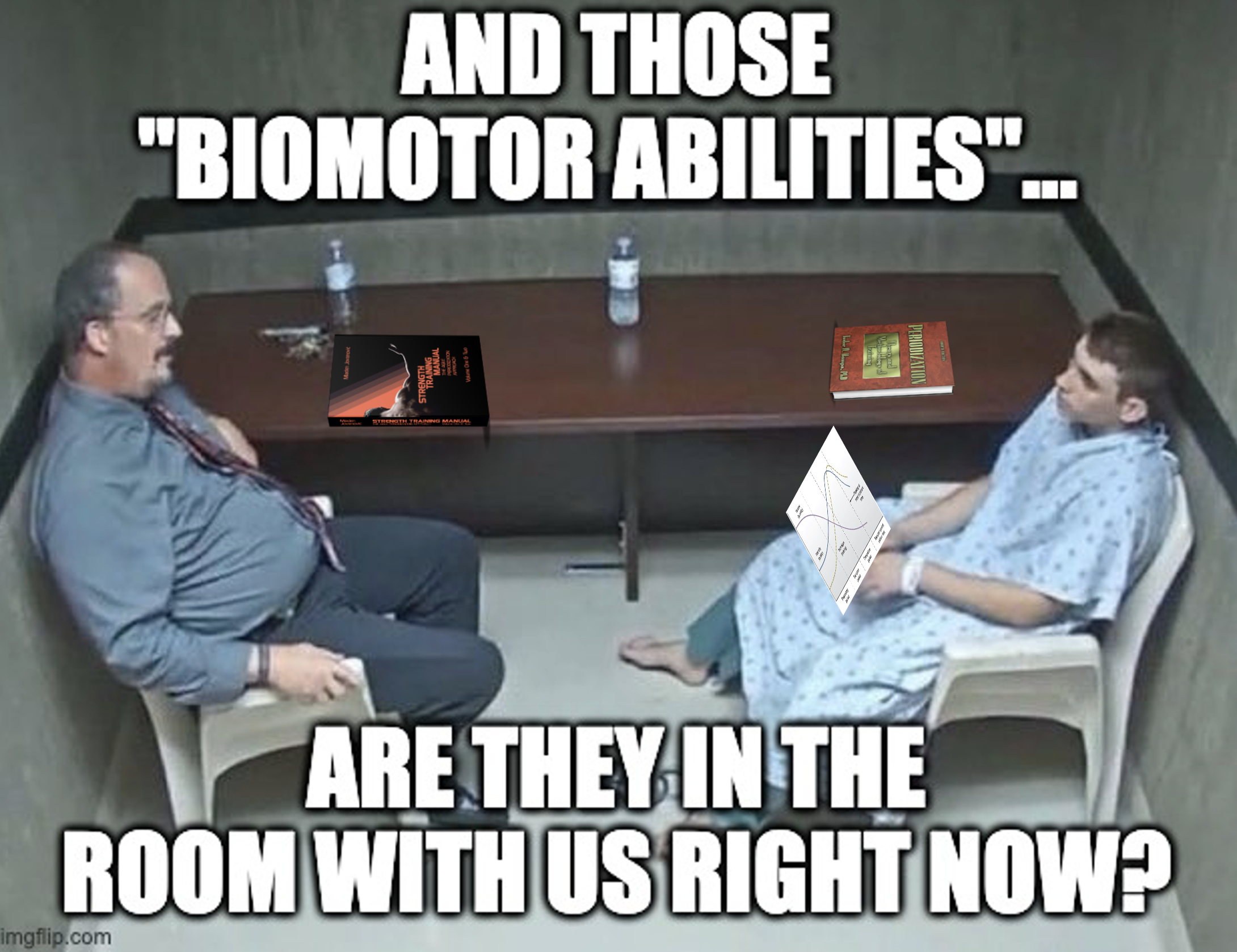
Figure 1. What the hell are the “Biomotor abilities” anyway? And why do you need to “periodize” them?
The bottom-up approach to planning, or “where the rubber meets the road,” represents dealing with planning by managing explore-exploit dilemma using the iterative process and allowing the emergence of the (robust) training program while managing risk and uncertainties. We still want to have the long-term picture in mind, but it is being dethroned to focus on shorter iterations. I have wrapped this perspective under The Agile Periodization umbrella, an approach I am still developing and polishing (for more info, check out the Strength Training Manual).
The bottom-up approach, and The Agile Periodization, can be applied to numerous performance domains, from professional team sports and individual sports to training recreational athletes[1], which I will mainly focus on in this piece. Most of my colleagues and friends working as personal trainers (PTs) have come to the same conclusion: applying top-down approaches, like the ones I alluded to beforehand, is impossible, even detrimental. Clients will be having missing sessions, significant changes in life settings/context, and becoming unmotivated and bored. Results (and having “S.M.A.R.T. Goals” listed on your fridge) might be motivational in the short run, but eventually, those results will stop and fluctuate[2]. Ultimately, the process becomes motivational. Training becomes part of your identity, not some “lose 5kg till summer” crap.
Yeah, of course, those pushing periods can still be used and valuable (i.e., pre-competition phase if you compete in powerlifting or Crossfit), even if you are not competing (i.e., making that booty looking good for summer). But these follow the Pareto principle: “80% of outcomes (or outputs) result from 20% of all causes (input)”. Besides, you cannot be pushing your limits 100% of the time unless you are David Goggins.

Figure 2. The KEY to training is CONSISTENCY – showing up and enjoying (should I say “playing”) while flirting with the “chaos” (i.e., getting outside of the comfort zone).
Even if you are moved and inspired by stories like Goggin’s, life will serve you crap. The problems will emerge. Sometimes out-of-the-blue, like my neck spasm the other day. You wake up one day, and your shoulder hurts. Next week is flu. Next month is a lack of sleep. I would not say that you need to “suck it up and push
through”, but rather “explore other options” (yes – the explore-exploit principle) and continue showing up.
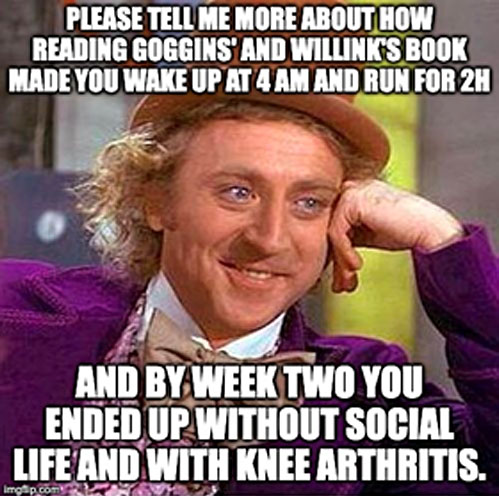
Figure 3. No need for caption here
Some of these issues can be training related (you tried to “exploit” too much too soon), while others might be just your age. Or sleeping in a slightly wrong position. Or stepping on a kid’s lego while going to pee at 2 am.
All of these bring me to the pain-based or problem-based periodizations (just a click-bait term for applying The Agile Periodization). As alluded to before, problems (or pain) will emerge, and we need to work around them (i.e., explore options) while still showing up (i.e., exploiting what can be exploited). The top-down approaches where I need to focus on volume in the back squat while I catch the flu and develop hip pinch will JUST NOT WORK no matter how much Goggins says you need to push and reframe this. Instead – STOP – review and explore other options, but continue showing up.
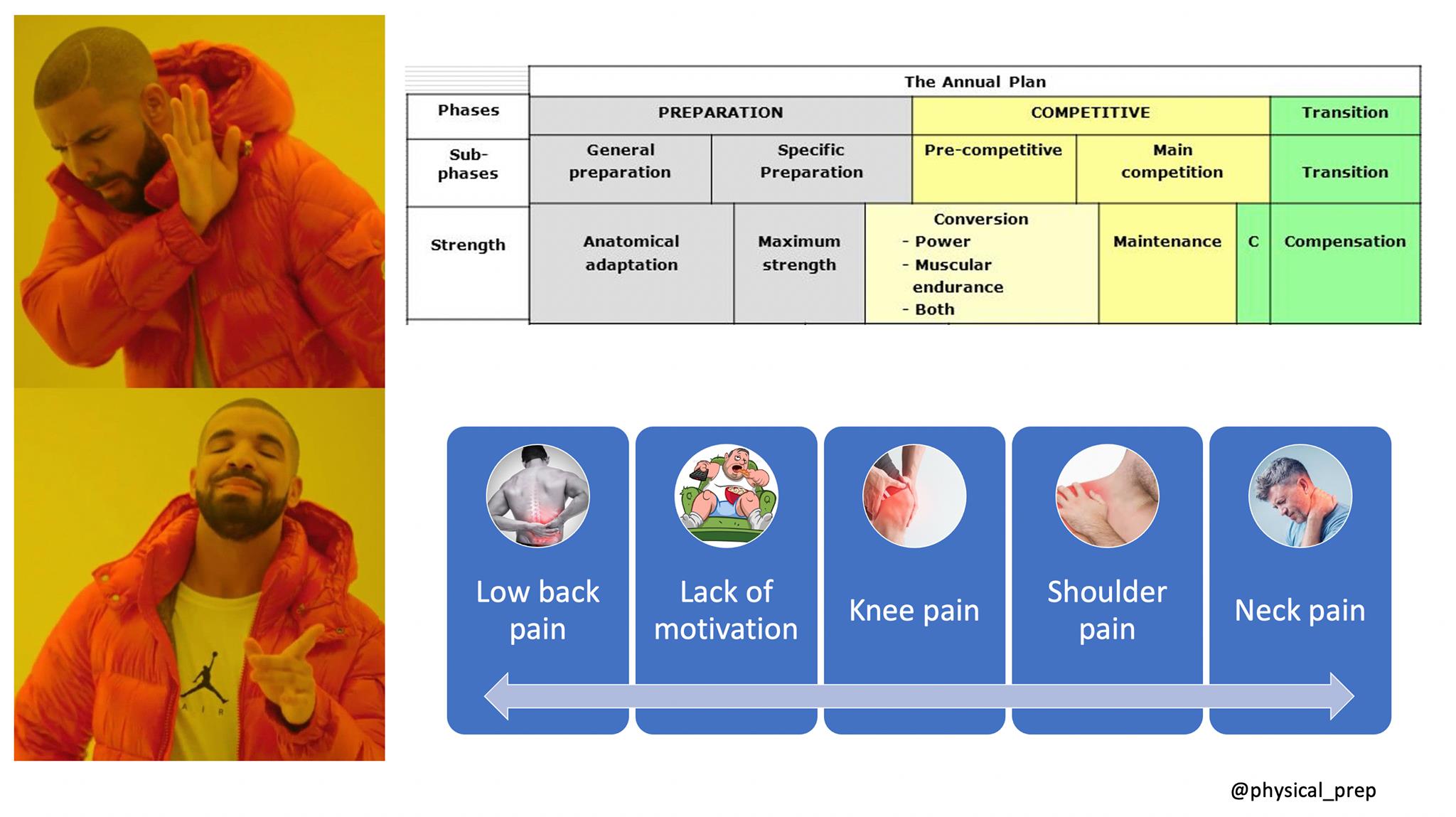
Figure 4. Pain-based Periodization (TM)
While I was involved with the Port Adelaide Football Club playing the AFL in 2015, we had two-week gym programs (even though this might be too optimistic). This is because, after every match, the players might be getting various minor injuries, kicks, pinches, and corks. It was tough to have 12 weeks strength training program when your athletes show up with dislocated big toe on week two.
In both cases (i.e., athletes and recreational athletes), we must utilize and iterate shorter flexible/adaptable programs. Does your knee hurt this week? Focus more on the upper body, and find something doable for that “double leg movement” slot in your training program.
In the Strength Training Manual, I have outlined the concept of MVP or a minimum-viable program. MVP is a simple program covering all major themes of importance that are robust to perturbations (e.g., missing sessions) while allowing for exploration and thus adaptability. The prescription in these programs is “looser” while providing some guidance and auto-regulation on the spot.
Footnotes
- By the way, should we even call them athletes? IMHO, I think it is nice of us and motivating to call older-fat-immobile CEOs we are personally training “athletes”; pun-intended ↑
- Damn, I have been lifting recreationally for over 20 years. By now, my bench press should have been 1,000kg. But it fluctuates around how much I give a shit. I still enjoy the process of training, moving my body, and how I feel “able-to-do-things” when training, rather than feeling unable to “intervene in the world” (i.e., use my body) as a couch potato I usually am. ↑

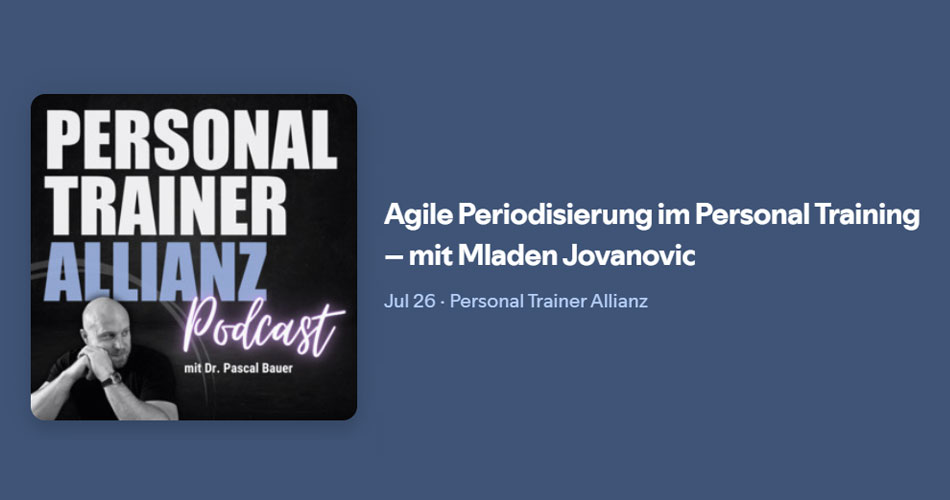
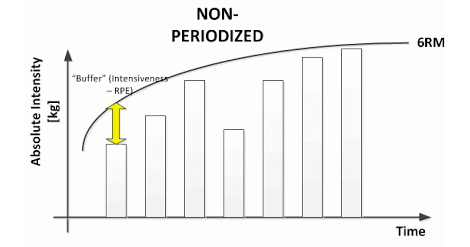








Responses